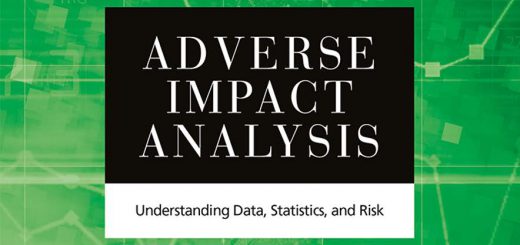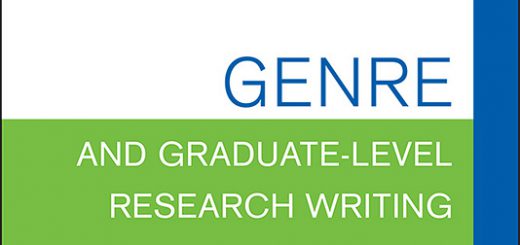Staphylococcus : genetics and physiology
AUTHOR –
CALL NO QW142.5.C6 S793 2016
IMPRINT Norfolk : Caister Academic Press, c2016
In the twenty first century, the bacterium Staphylococcus aureus continues to be a global threat to human and animal health. There is currently no vaccine for preventing S. aureus infections and the bacterium has developed resistance to many, if not most, antibiotics, hence the therapeutic options are rapidly disappearing. The genetic and physiological flexibility that allows this commensal bacterium to become a powerful pathogen and elucidating the myriad of mechanisms it employs to avoid the host and/or antimicrobials are important areas of research.
This book brings together respected S. aureus experts from around the world to provide a timely overview of staphylococcal research. Topics covered include: historical background; medical significance in humans and animals; genetic variation; virulence factors; metabolism and physiology; physiological proteomics; cell wall assembly and physiology; transition metal ion homeostasis; molecular strategies of antibiotic resistance; genetic regulation; and immune response.
Essential reading for scientists working with staphylococci. This text is an excellent introduction for entry level scientists, as well as those seeking a deeper understanding of this critically important bacterial pathogen.
Source : https://www.caister.com/staph2




